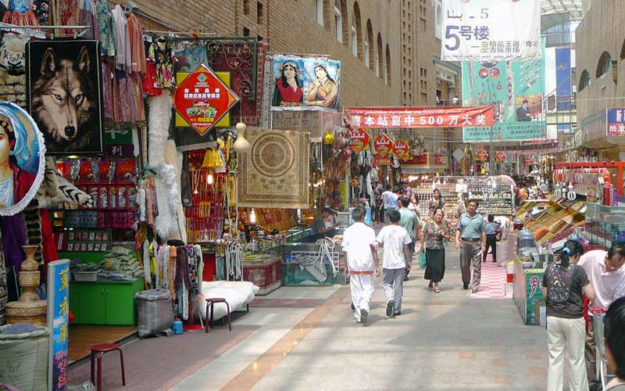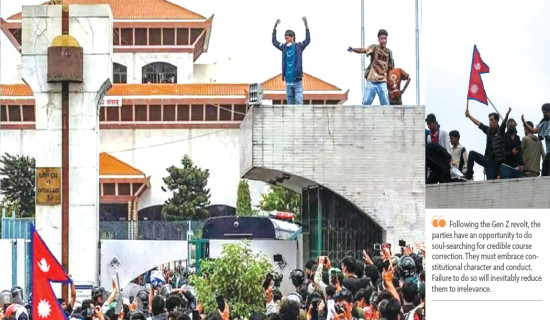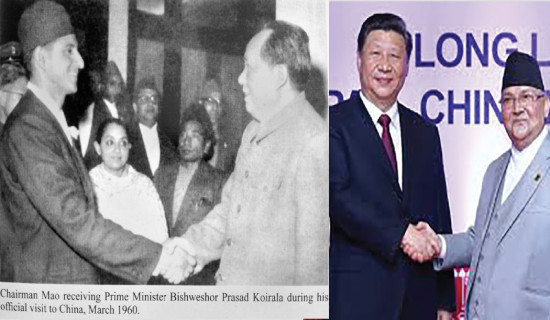- Sunday, 28 December 2025
Chinese Street Bazaars Buzz Up As Night Falls
Anyone visiting China is awestricken by its modernity – high-rise buildings, spreading boulevards, networks of high-speed trains, sprawling industrial entities, whizzing sleek cars and rushes of people clad in ties and suits. Of course, China is heading on the path of modernisation that is carved by itself but modernity is not only term that defines new China having 5000-year-long civilisation.
China blends elements of both modernity and antiquity. It possesses diverse ethnicities, cultures and nationalities. Visit museums, one can see how China has well preserved its pre-historic facts and myths reflected on the artefacts. As this scribe visited a national museum in Xi’an along with other foreign journalists, he was impressed by crowds of people, who were showing a big curiosity to know about the life and feats of their ancestors.
What is more striking is the inquisitiveness of school-going students who were engrossed into the ancient relics while lending an ear to their interpreters. This shows the young Chinese people do not often waste time on screens and gadgets. This is a right way of grooming as well as protecting the youths from vices that arise with the onset of modernity.
Another remarkable aspect of Chinese urban society is the thriving street markets that wake up when the night falls. This scribe enjoyed street food markets in Beijing and other cities. In Yan'an, as locals said, the food markets operate throughout the night. The people dine there or take food to eat at homes. The night fairs that feature the handmade ornaments and snacks are big attractions for the local residents and tourists. They have boosted public spending and supported the post-pandemic recovery.
The colourful Urumqi Grand Bazaar in Xinjiang province teems with domestic tourists even in the midnight. Officially known as the Xinjiang International Grand Bazaar, it was constructed in 2003. Located in the western part of China, Urumqi is an important route of ancient Silk Road and window to Central Asia. Visitors have to pass through security checks before entering the bazaar that consists of a variety of shops selling dry fruits, clothes and souvenirs.
The old-era Islamic structures stand in the central courtyard. Majority of retailers hails from Kashgar, the westernmost part of China, which is also located in the Muslim-dominated Xinjiang province. As one wanders through the shops and alleys, s/he conspicuously notices a point – the Kashgar people are just like Nepalis. Their appearance and physical shapes are identical to that of Aryan Nepalis. I took the snaps of some of them. With the help our interpreter, I said: “You look like Nepalis. You are our brothers.” They exuded innocent smile. There was language barrier to share our feelings.
And this remarkable similarity nudges this writer to revisit the ancient history of Nepali forebears. According to some historians, the ancestors of present Khas-Aryan came from Kashgar. Seeing the Kashgar people, this line of interpretation bears some truth. Millennia ago, the Khas-Aryan came from central Asia and entered Nepali territory via Afghanistan and Kashmir. Scholars have argued that Kashmir was named after Khas so was Kashgar. As Kashgar is close to Afghanistan and Kashmir, there is possibility that our ancestors lived in Kashgar and headed towards east after these territories came under the Muslim onslaughts.

















